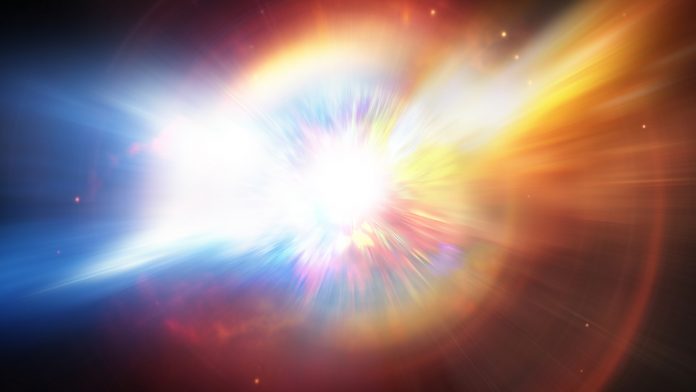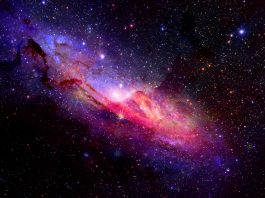Researchers at the Royal Astronomical Society (RAS) have discovered a pre-supernova that could shed light on the death throes of stars.
A mysteriously yellow pre-supernova star has led astrophysicists to reconsider what is possible at the deaths of the Universe’s biggest stars.
The group describe the unique star and its resulting supernova in a study published in Monthly Notices of the Royal Astronomical Society.
Typically, by the end-of-life stage, yellow stars are enveloped in hydrogen, obscuring the star’s hot, blue interior. However, the star, situated 35 million light-years from Earth in the Virgo galaxy cluster, was oddly deficient in hydrogen at the time of its explosion.
“We haven’t seen this scenario before,” explained Charles Kilpatrick, a postdoctoral fellow at Northwestern University’s Center for Interdisciplinary Exploration and Research in Astrophysics (CIERA), who led the study. “If a star explodes without hydrogen, it should be extremely blue — really, really hot. It is almost impossible for a star to be this cool without having hydrogen in its outer layer. We looked at every single stellar model that could explain a star like this, and every single model requires that the star had hydrogen, which, from its supernova, we know it did not. It stretches what is physically possible.
“What massive stars do right before they explode is a big unsolved mystery, it is rare to see this kind of star right before it explodes into a supernova.”
The Hubble images indicate that the source of the supernova – a huge star imaged soon before the explosion. Just months after the explosion, Kilpatrick and the team found that material ejected in the star’s last explosion appeared to collide with a huge mass of hydrogen.
This discovery led to the researchers theorising that the progenitor star may have ejected the hydrogen in the final years before its death.
“Astronomers have suspected that stars undergo violent eruptions or death throes in the years before we see supernovae,” Kilpatrick said. “This star’s discovery provides some of the most direct evidence ever found that stars experience catastrophic eruptions, which cause them to lose mass before an explosion. If the star was having these eruptions, then it likely expelled its hydrogen several decades before it exploded.”
This new study offers another potential explanation: a smaller companion star may have stripped away hydrogen from the supernova’s progenitor star. However, the researchers will not be able to search for the companion star until the supernova’s brightness has faded, a process that could take a decade.
“Unlike its normal behaviour right after it exploded, the hydrogen interaction revealed it is kind of this oddball supernova,” Kilpatrick said. “But it is exceptional that we were able to find its progenitor star in Hubble data. In four or five years, I think we will be able to learn more about what happened.”









